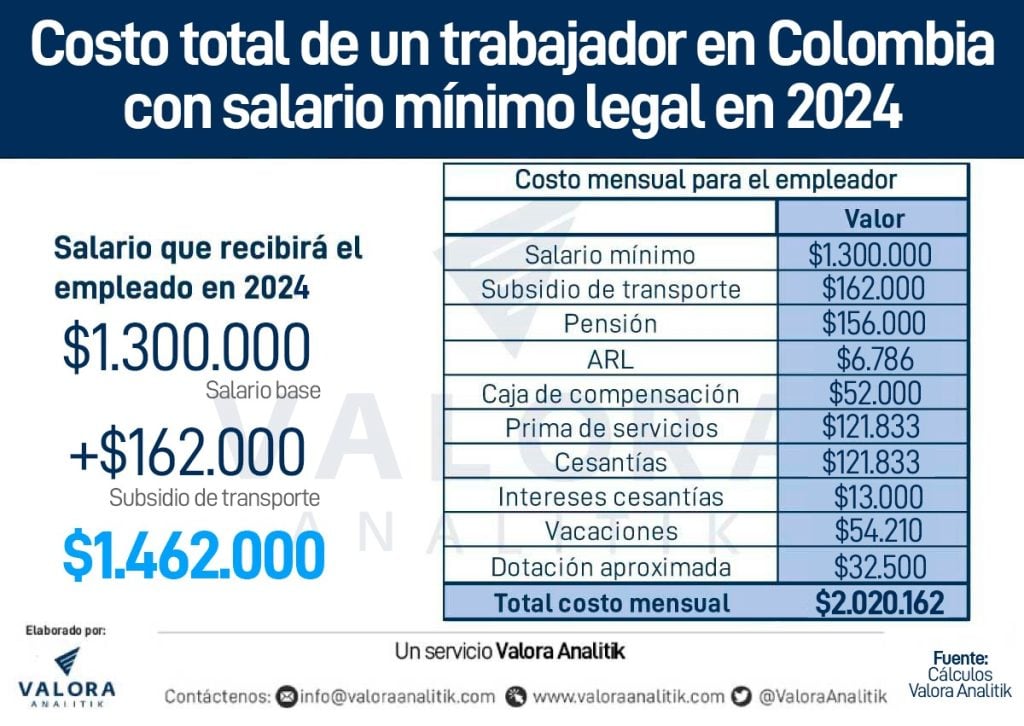
As we step into the new year, discussions around the federal minimum wage in the United States have become increasingly relevant. With inflation rates and cost of living adjustments being key factors in determining wage standards, it's essential to stay updated on the latest figures. This article aims to provide a comprehensive overview of the federal minimum wage in the United States for 2024, addressing the current rate, historical context, and potential future changes.
Current Federal Minimum Wage Rate for 2024
As of the latest updates, the federal minimum wage in the United States remains at $7.25 per hour for non-exempt employees. This rate has been in effect since July 24, 2009, marking over a decade without an increase. Despite efforts and proposals to raise the minimum wage, the federal rate has not changed, leaving many to advocate for a higher wage to reflect the current economic conditions.
Historical Context of Minimum Wage Changes
The minimum wage was first introduced in the United States under the Fair Labor Standards Act (FLSA) of 1938, with the initial rate set at $0.25 per hour. Over the years, the minimum wage has seen numerous increases, with significant jumps in the 1960s and 1970s. However, the pace of these increases has slowed down, with the last increase occurring in 2009. The historical context shows a gradual increase in the minimum wage, but the rate has not kept pace with inflation in recent years.
Impact of Inflation on Minimum Wage
Inflation plays a crucial role in the discussion around minimum wage increases. As the cost of living rises due to inflation, the purchasing power of the minimum wage decreases. If the minimum wage does not increase at the same rate as inflation, workers may find their standard of living decreasing over time. Advocates for a higher minimum wage argue that an increase is necessary to ensure that full-time workers can afford a basic standard of living.
Proposals and Potential Future Changes
There have been several proposals and discussions around increasing the federal minimum wage. The Raise the Wage Act, which aimed to increase the minimum wage to $15 per hour by 2025, is one such example. Although these proposals have not yet resulted in a federal increase, many states and cities have taken it upon themselves to raise their minimum wages above the federal rate. This trend suggests that while there may not be an immediate federal increase, there is a growing recognition of the need for higher wages to support workers' living standards.
The federal minimum wage in the United States for 2024 remains at $7.25 per hour, unchanged for over a decade. Understanding the historical context, the impact of inflation, and the ongoing discussions around potential increases is crucial for navigating the complexities of wage standards in the U.S. As the economy continues to evolve and the cost of living increases, the debate around the minimum wage is likely to remain a significant issue in labor and economic policy discussions.
For the most accurate and up-to-date information, it's essential to consult official government sources or reputable news outlets like
Clarín, which provide detailed coverage of economic and labor issues, including updates on the federal minimum wage. Staying informed can help individuals, businesses, and policymakers make informed decisions and contribute to the ongoing conversation about fair wages and economic stability.









